
The Center for Land Use Interpretation, a California-based group of which I've been a proud member for nearly 20 years, has just published a sensational book: Los Alamos Rolodex: Doing Business with the National Lab, 1967-1978, a collection of 150 business cards selected from seven old Rolodexes that were salvaged from Los Alamos National Laboratory in New Mexico — the research facility where the atomic bomb was developed during World War II and where atomic weapons development continued to take place for the next several decades.
The book's introduction does a good job setting the stage, and also gives the whole project a very Permanent Record-ish spin. Here's an excerpt:
The collection of cards presents a record of companies that supplied goods and services to the nuclear industry, including everything from major military contractors to small, obscure high-tech widget suppliers — many of which are no longer extant (out of business or, more likely, bought and folded into larger military suppliers). Together, they are a historical snapshot of American high-tech corporations, their logos and graphics locked in time.
[…]
As a historical record … they are hard evidence of the business relationships that built the transformative and secret technology that our nation still uses to dominate globally. … These business cards are the synapses of this empire, each one the tip of an iceberg that may never be explored.
It takes a lot of technology to make technology, but ultimately the bomb was made by people calling other people on the phone. Although these cards are corporate, by definition, they are also personal. The cards name names: the individual salesmen who were came calling, or were called upon, by the lab contractors. … The cards are even intimate, listing direct phone numbers, few of which seem to be in service anymore. … In this way, the cards today represent the opposite of what they were originally meant to do — connect people to people, seller to buyer. These cards are now dead ends. Obsolete, ephemeral minutiae.
Nicely put. Historical context notwithstanding, the cards are fascinating on their own terms. Many of them come from very entertainingly named firms (the ProtectoSeal Company, Beehive Electrotech, Pulverizing Machinery, Vacu-Blast Corporation, Push Button Container Corporation, Precision Monolithics, General Astrometals, Industrial Wiping Materials by Scott, and, my favorite, Zero Blast-n-Peen). And the designs are soooo Sixties, which I mean in the best way. Here are a few examples (for all of the photos, click to enlarge):

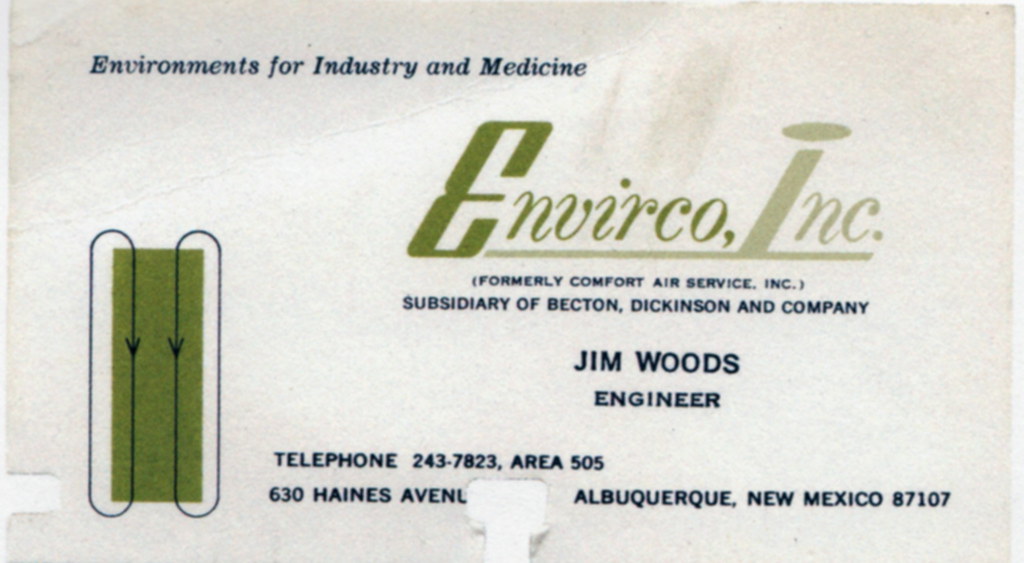
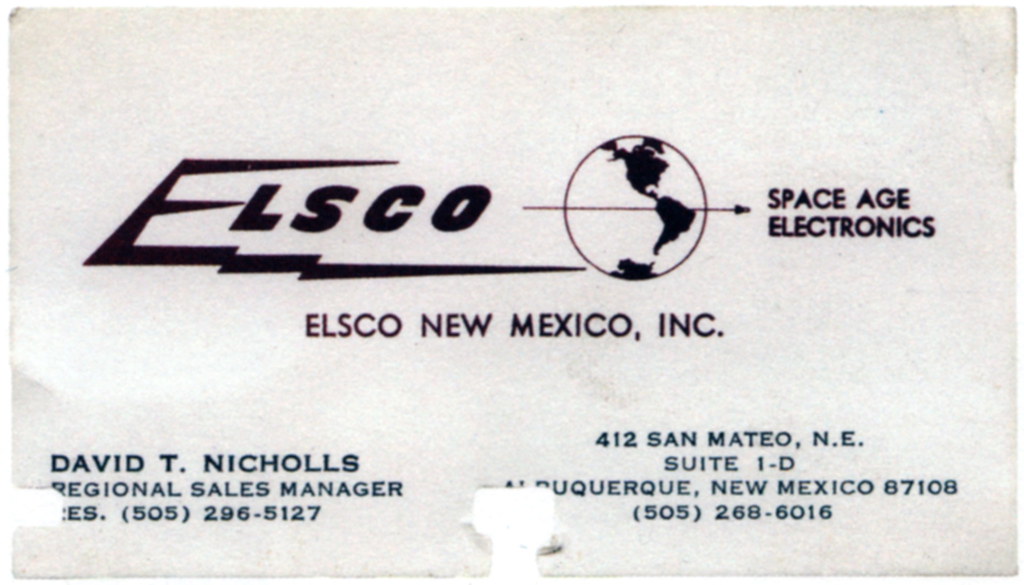
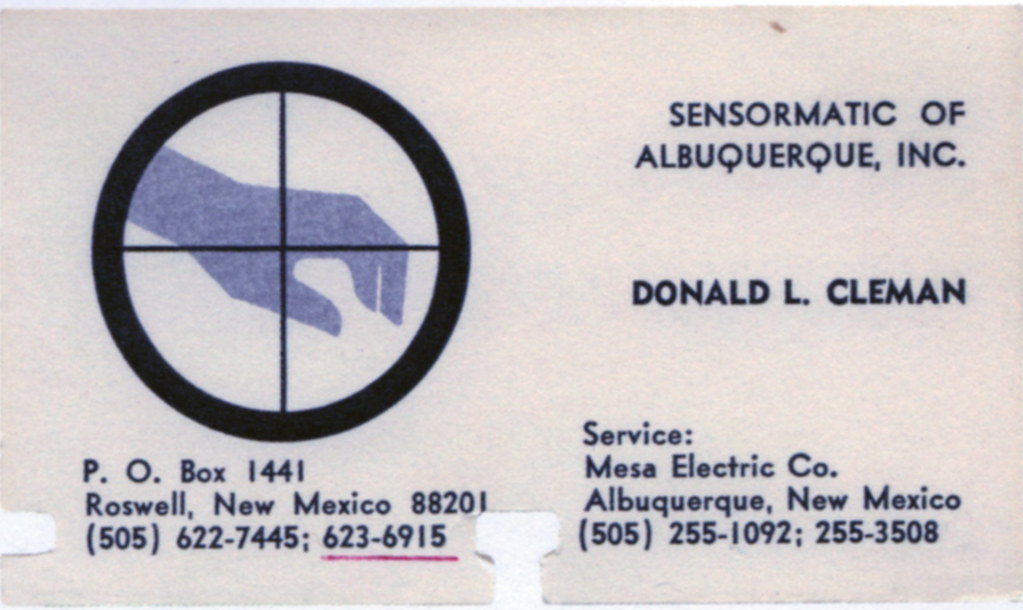
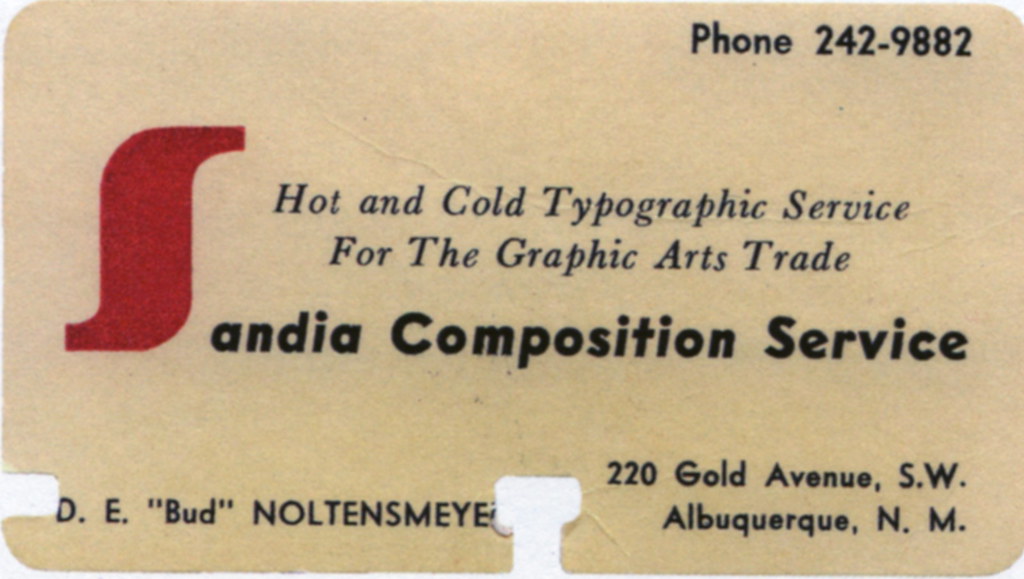
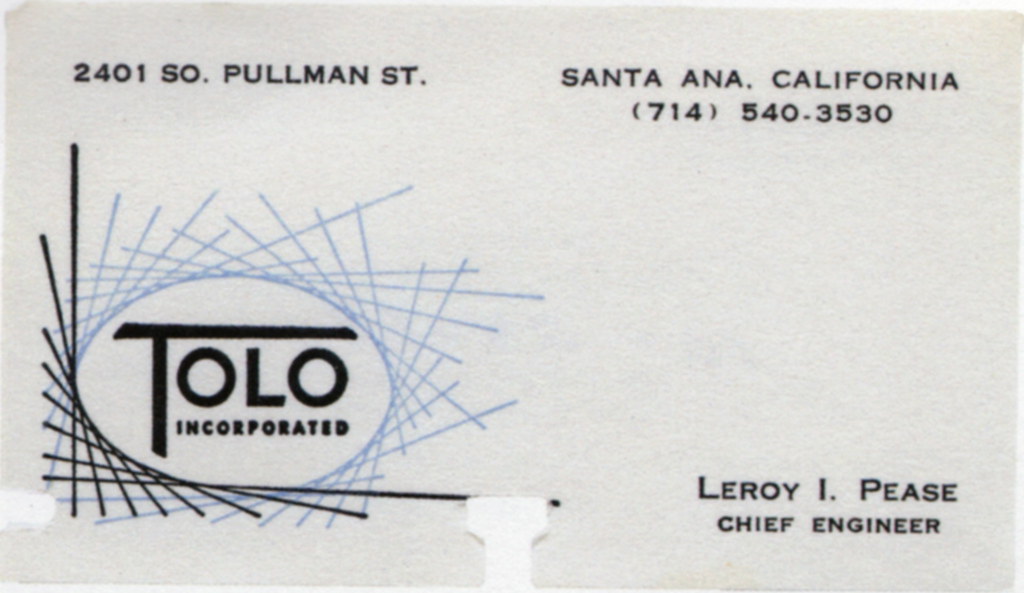

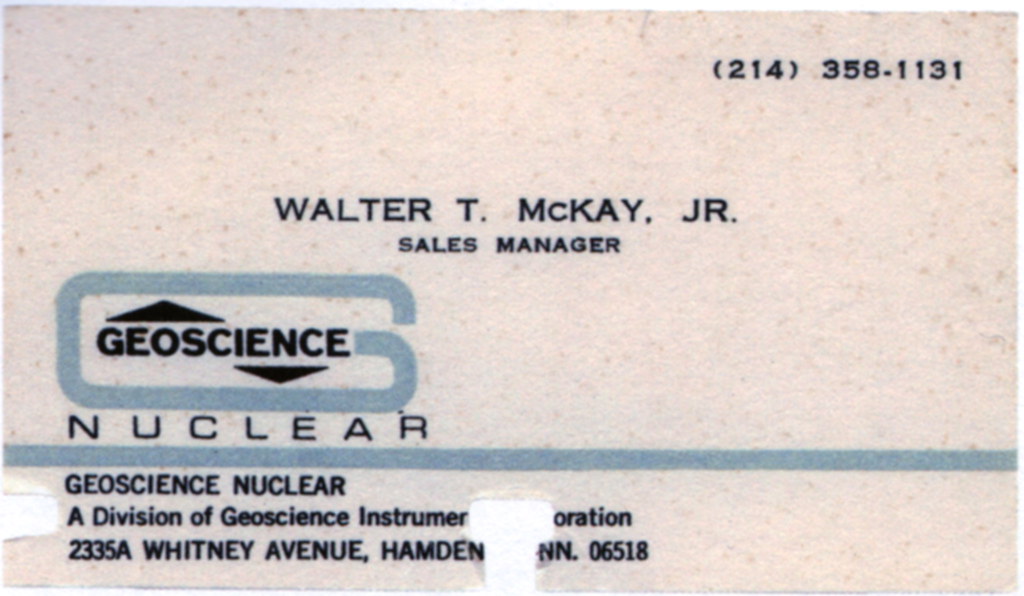
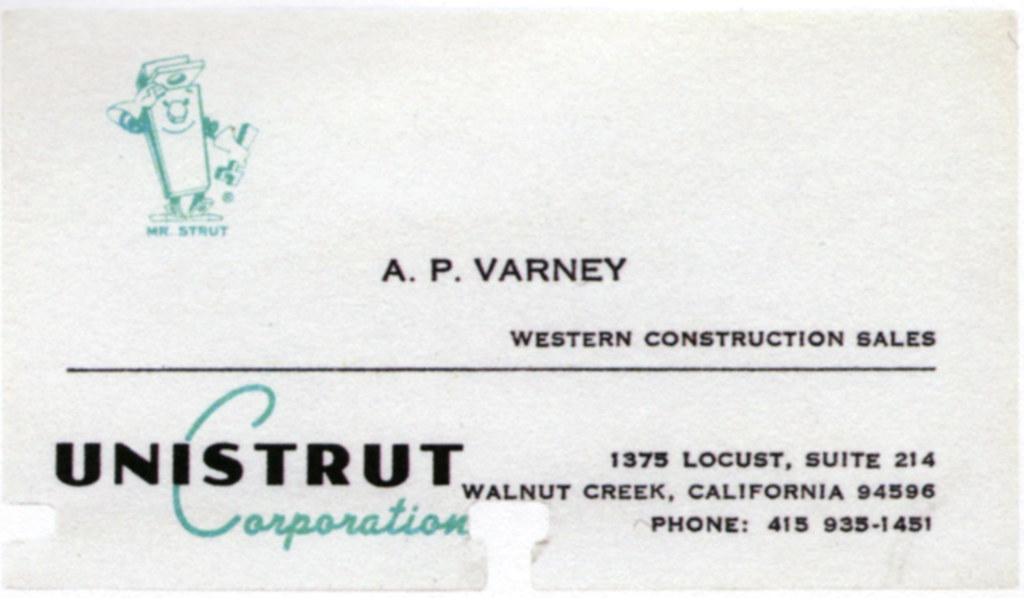
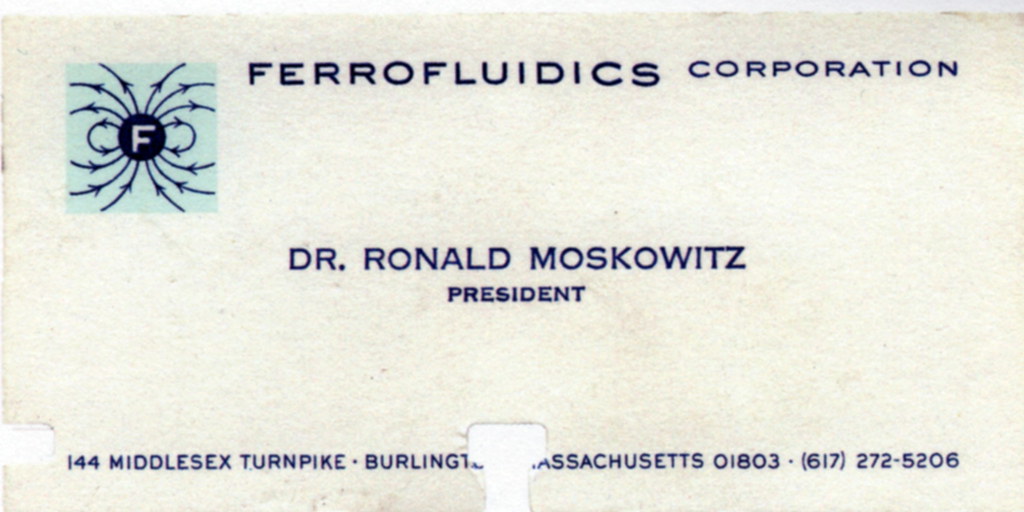
Good stuff, right? And that's just a very small sampling. You can order the book here.
The notion of harvesting artifacts from Rolodexes is particularly interesting because the Rolodex itself is something of an artifact from a bygone era. I'm old enough to have been around them (I worked in a series of office jobs from 1987 to 1996, which I gather was the roughly the final chapter of the Rolodex's heyday), but for whatever reason I never got in the habit of using them, although I recall many of my co-workers being fairly dependant on them. According to one report, people were still buying them in 2013, although I suspect we're talking about a pretty tiny niche market. I kinda figured they were invented in the 1930s or so, but this article (which is worth reading — lots of good info) says they weren't sold until the 1950s. Interesting.

No comments:
Post a Comment